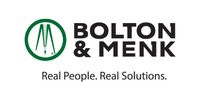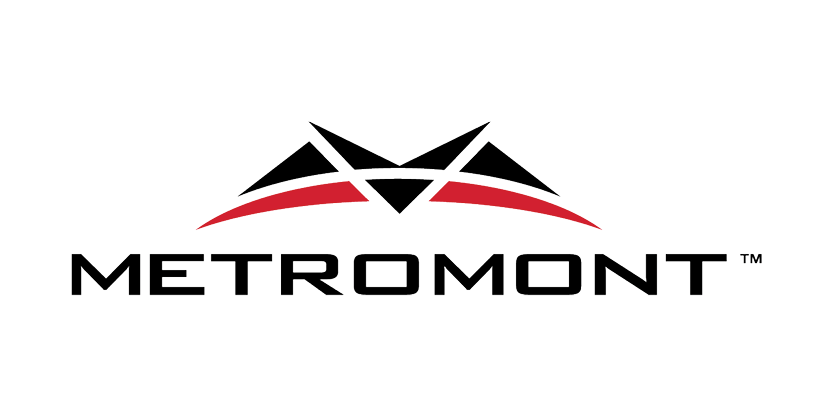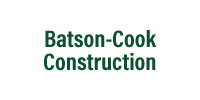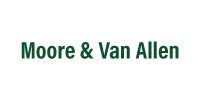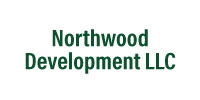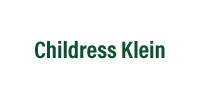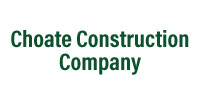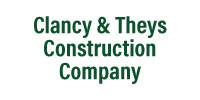Another New Charlotte Unified Development Ordinance (UDO) Text Amendment Filed, More on the Way
New UDO Text Amendment
During last night's Charlotte City Council Business meeting, Planning Director Alyson Craig announced the filing of a new text amendment aimed at tightening rules for Conservation Developments. The amendment will include the following:
- Require an additional 15% tree save (green area) = 40% Total
- Increase minimum project size to 5 acres
- Increase minimum dimensions of open space
- Increase standards for useable open space
- Add additional perimeter buffer requirements
- Require lots to front public streets or open space (not private streets or alleys)
The initial proposal (virtually identical to the one offered last night) was presented at the March 7th meeting of the UDO Advisory Committee where a more comprehensive presentation was provided. As was earlier reported, this elicited a rather spirited discussion among committee members both through regular conversation as well as virtual chat.
This particular change appears to be on the fast track as the schedule is as follows:
- March 28th UDO Advisory Committee
- April 9th Planning Commission
- April 30th Zoning Committee
- May 20 Council Vote
We have submitted multiple comments on the above proposal and will reiterate those concerns during Thursday's UDO Advisory Committee meeting.
Duplex/Triplex Issue
Two additional recommendations were also offered during last night's session:
#1 Prioritize New Housing Supply in Key Locations - Create a Compact Development Option for new residential subdivisions 2+ Acres











